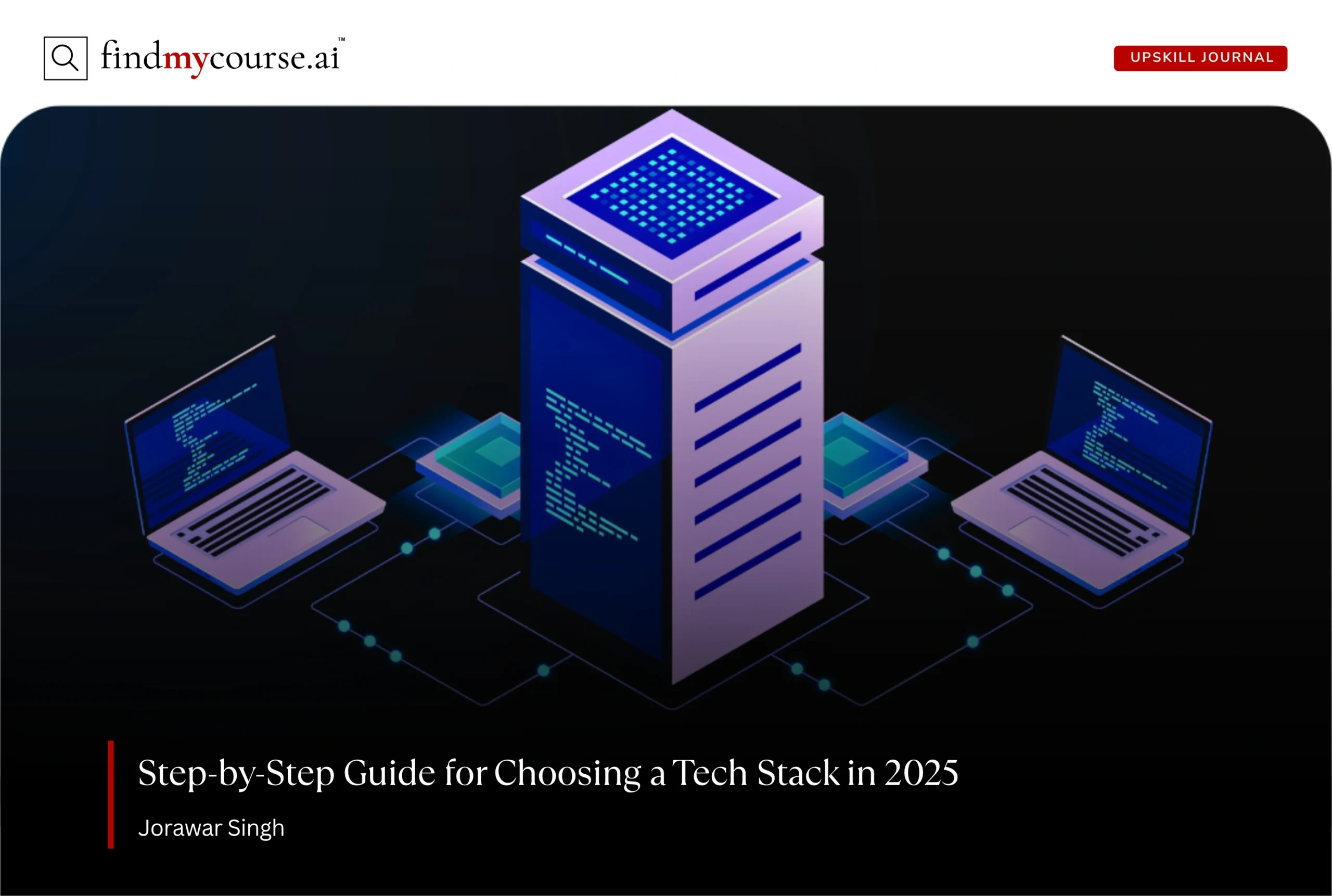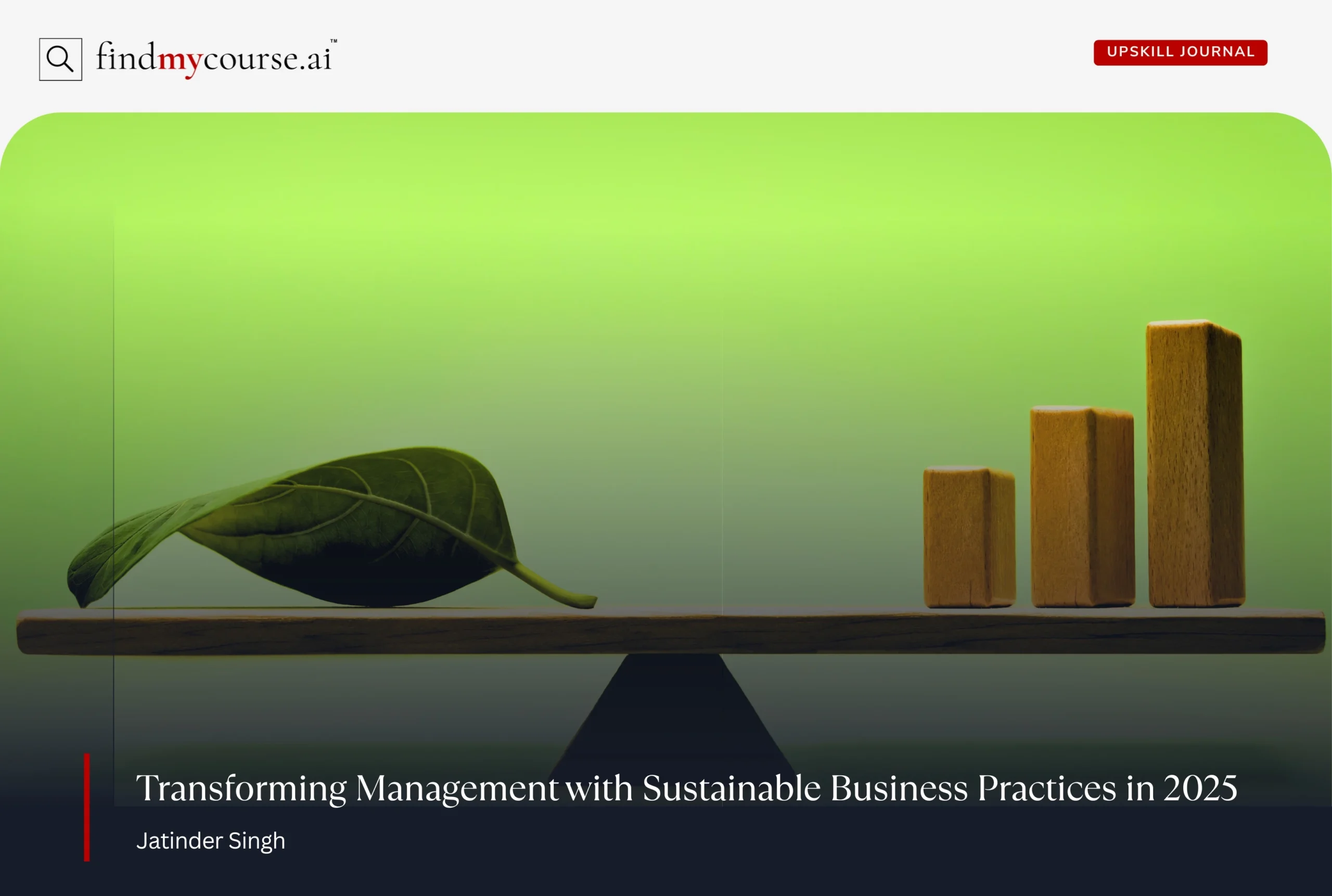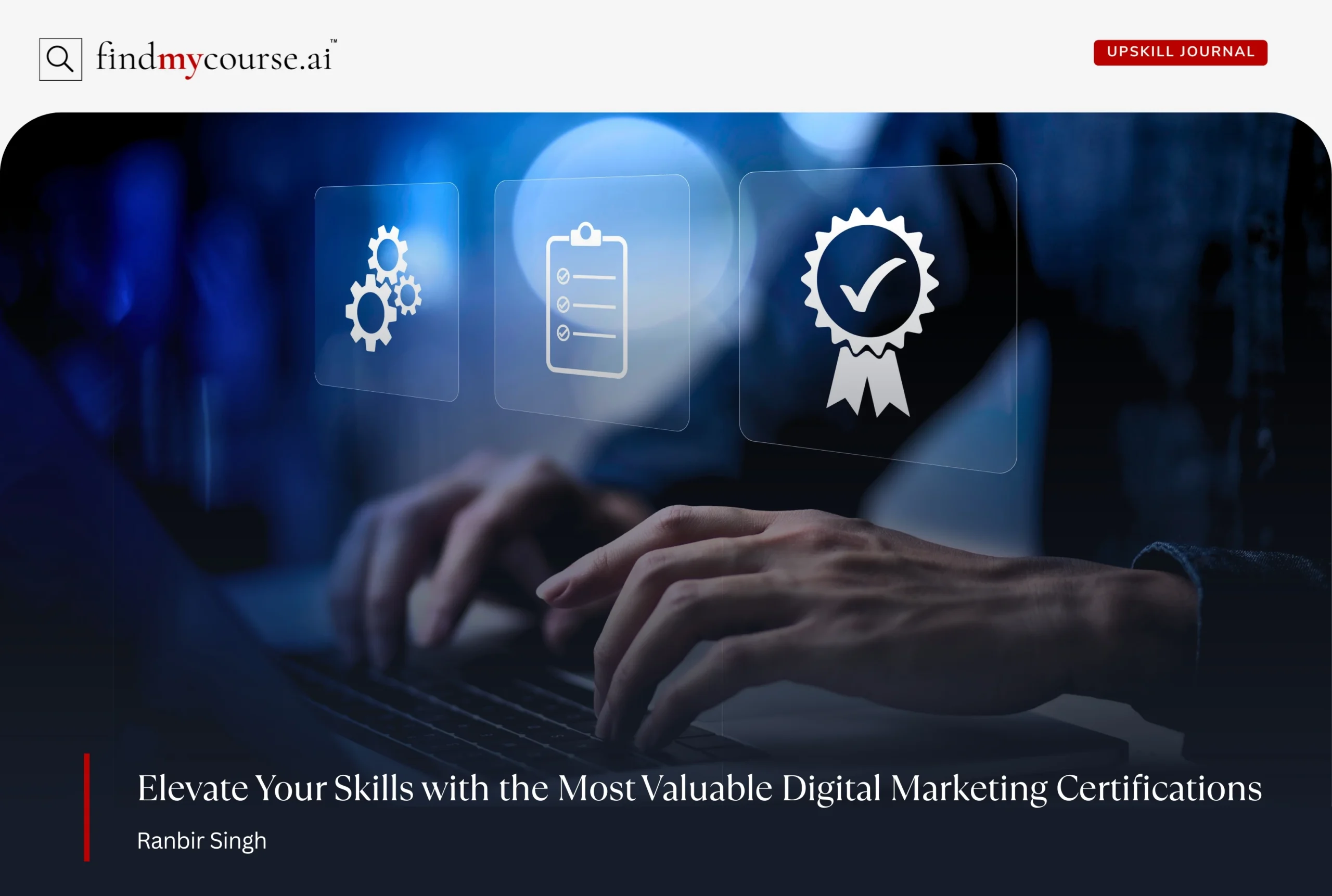Starting a new software project is both exciting and challenging, especially when it comes to selecting the technologies you’ll use to build it. The tech stack you choose—meaning the combination of programming languages, frameworks, and tools—will have a lasting impact on your project’s cost, speed, team workflow, and even its potential to grow in the future. With countless choices available and trends changing every year, picking the right stack can feel daunting. But with some practical steps, you can make a smart, informed decision that sets your project up for success in 2025 and beyond.
What Is a Tech Stack and Why Is It Important?
A tech stack is the set of technologies that work together to develop and run your software application. This includes everything from what users see (the frontend) to the server, database, and infrastructure behind the scenes (the backend).
Think of your tech stack as the ingredients and kitchen tools you use for a recipe. The right combination leads to a great dish—and a successful project!
For example, the MERN stack—consisting of MongoDB, Express.js, React, and Node.js—is popular for modern web apps. Ultimately, your tech stack shapes how your project performs, how easy it is to maintain, and how well it can grow as your needs change.
For absolute beginners, here’s how it breaks down:
- Programming language: (like Python or JavaScript) — the foundation.
- Framework: (like Django or React) — structure and reusable components to build faster.
- Tools: (like Git or Docker) — help with development, collaboration, and deployment.
Choosing the right stack isn’t about following trends or picking the shiniest tool. It’s about making sure your technology choices are a good fit for your vision, resources, and long-term goals.
Key Factors to Consider Before Making Your Choice
Picking a tech stack is more than ticking boxes—it’s about matching technology to your unique goals and team. Focusing on a few key factors early will help ensure your project’s success.
Here’s what to consider:
- Project Type and Goals
Are you building a small prototype, a complex business platform, or a mobile app? The answer influences which technologies suit you best. Identify your must-have features, expected user numbers, and how much you hope to scale up. - Budget and Timeline
Some technologies let you build faster but may cost more to host or require specialized developers. Consider not only your launch budget but also the ongoing costs of running and maintaining your app. - Team Skills and Learning Curve
The best tools are those your team can use comfortably and efficiently. If you’re eyeing a stack your team isn’t familiar with, factor in time for training or hiring. Well-known stacks also come with more learning resources, making it easier for your team to find help on platforms like freeCodeCamp or Udemy. - Security and Maintenance
Security is crucial. Choose technologies that are well-maintained and regularly updated to protect your app and data. Also, consider how easy it will be to update your stack or add new features as your project grows. - Community and Ecosystem Support
A strong community means more access to tutorials, plugins, and expert advice. Stacks with active communities are generally easier to work with because you’ll find solutions to common problems faster. - Scalability
Can your chosen technologies handle more users and data as your project grows, without needing a major overhaul? Planning for growth now can save a lot of time and money later.
Tech Stack Trends to Know in 2025
- Cloud-Native Solutions
Cloud-native development is more common than ever, letting teams use managed services, containers, and serverless technologies. These approaches help your project scale easily, reduce server maintenance, and lower infrastructure costs. Platforms like AWS, Azure, and Google Cloud make integration straightforward. - Frontend and Backend Tools
React remains a leading choice for building user interfaces, thanks to its flexibility and active community. Alternatives like Vue.js and Svelte appeal to those seeking a simpler, faster approach. On the backend, Node.js, Django, and Go offer a mix of speed, stability, and scalability. Other options like Laravel (PHP) and Spring Boot (Java) are also worth considering, depending on your needs and your team’s experience. - Databases
Choosing the right database is essential. PostgreSQL and MySQL are trusted for structured, relational data. For flexible or rapidly changing data, MongoDB and DynamoDB offer scalable, document-based solutions. - DevOps and Automation
Automated testing, deployment, and integration tools are now must-haves for modern projects. They help you deliver updates faster, catch errors early, and keep your software running smoothly with less manual work.
Steps for Choosing the Right Tech Stack
- Define Your Needs:
Clearly outline your main goals, required features, and any limitations on time or budget. - Review Team Experience:
Assess your team’s current skills. Consider whether you’ll need additional training or outside help. - Research and Shortlist Options:
Look at successful projects similar to yours to see what stacks they use. Compare your top choices based on their strengths, weaknesses, and community support. - Prototype and Test:
Build a simple version of your app with your preferred stack. This helps you spot potential issues early and see if the technology feels right for your project. - Plan for Growth and Maintenance:
Make sure your stack can handle more users and new features as your project expands. Check that updates and maintenance won’t become too complex. - Get Expert Input:
If you’re uncertain, consult with experienced developers or technical advisors. Their insight can help you avoid common mistakes and make confident decisions.
Pitfalls to Watch Out For
- Chasing Trends:
Just because a technology is popular doesn’t mean it’s the best fit for your needs. Focus on your own project’s requirements. - Ignoring Long-Term Costs:
Think beyond initial development—factor in hosting, support, and future updates. - Choosing Tools with Little Support:
Avoid stacks with small or inactive communities, as this can make problem-solving difficult. - Overcomplicating Early:
Don’t over-engineer at the start. Begin with what you need now, and leave room to grow as your project evolves.
Measuring Success: Metrics for Your Tech Stack
After selecting and launching your tech stack, it’s important to track its effectiveness over time. Clear, consistent metrics help you evaluate whether your technology choices support your goals and highlight areas for improvement.
Key areas to focus on:
- Performance & Reliability: Monitor system uptime, load times, and error rates to ensure a smooth user experience.
- Development Efficiency: Track how quickly features are built, how fast issues are resolved, and how easily new team members can onboard.
- Scalability & Cost: Evaluate how well the stack handles growth, and whether scaling or maintenance costs remain manageable.
Popular Beginner-Friendly Tech Stacks
| Stack | Components | Why It’s Great for Beginners |
| MERN | MongoDB, Express.js, React, Node.js | JavaScript-based, large community, beginner docs |
| LAMP | Linux, Apache, MySQL, PHP | Proven, simple, lots of resources |
| JAMstack | JavaScript, APIs, Markup | Fast, secure, modern tools like Netlify/Next.js |
| Python + Django | Python language, Django framework | Readable, quick to build, secure, great docs |
| Ruby on Rails | Ruby, Rails framework | Streamlined, built-in tools, real-world projects |
These stacks are approachable and well-supported, allowing new developers to learn while building real projects.
Conclusion: Build with Confidence
Selecting the right tech stack is about understanding your project’s needs, your team’s strengths, and the technology trends that matter most. Careful, informed choices will save you time, avoid frustration, and create a strong foundation for long-term success. No stack is perfect, but thoughtful decisions now can set you up for years of growth.
Stay curious, keep learning, and If you ever need help, our AI assistant is here to guide you.


